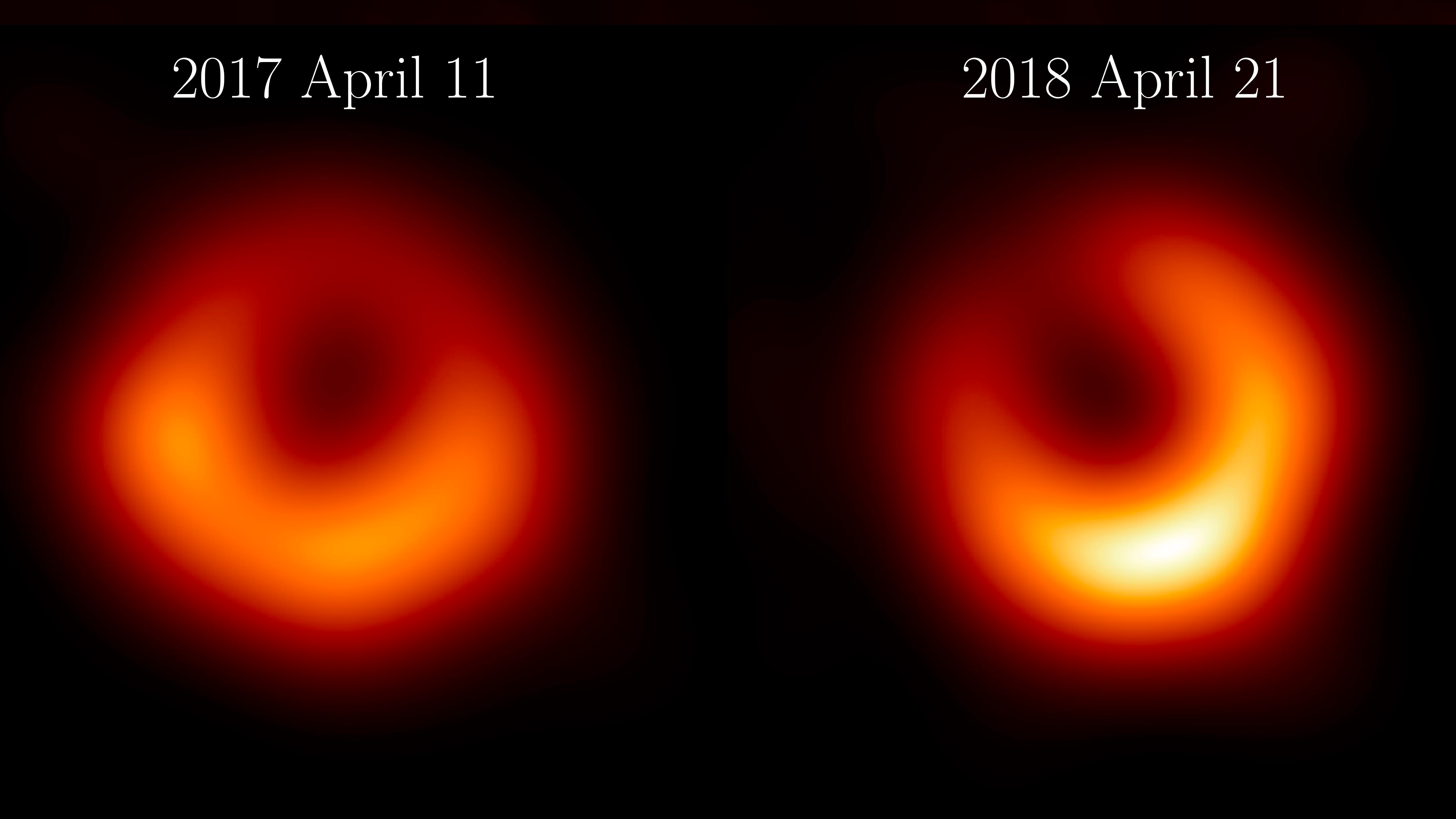
The scientific collaboration Event Horizon Telescope (EHT), which published the first “photo” of a black hole in 2019, has published new images of M87*, the supermassive black hole at the centre of the Messier 87 galaxy. This time, the images were created from observations taken in April 2018, one year after the data that led to the image released in 2019. Thanks to the contribution of a new telescope, the Greenland Telescope, and to a clearly improved data acquisition rate in all EHT network telescopes, the 2018 observations offer a vision of the source that is independent from the first observations in 2017. The new images were made by an international research group, in which researchers of the National Institute for Astrophysics (INAF), INFN, the University of Naples Federico II and the University of Cagliari participate. They were recently published in the Astronomy & Astrophysics journal. The images reveal a luminous ring, of the same dimensions as the one observed in 2017, which surrounds a deep central depression, the shadow of the black hole, as predicted by general relativity. What is different is the position of the brightest peak of the ring, which has moved by approximately 30° compared to the images from 2017. This is in line with our theoretical understanding of the variability of turbulent material around black holes.






